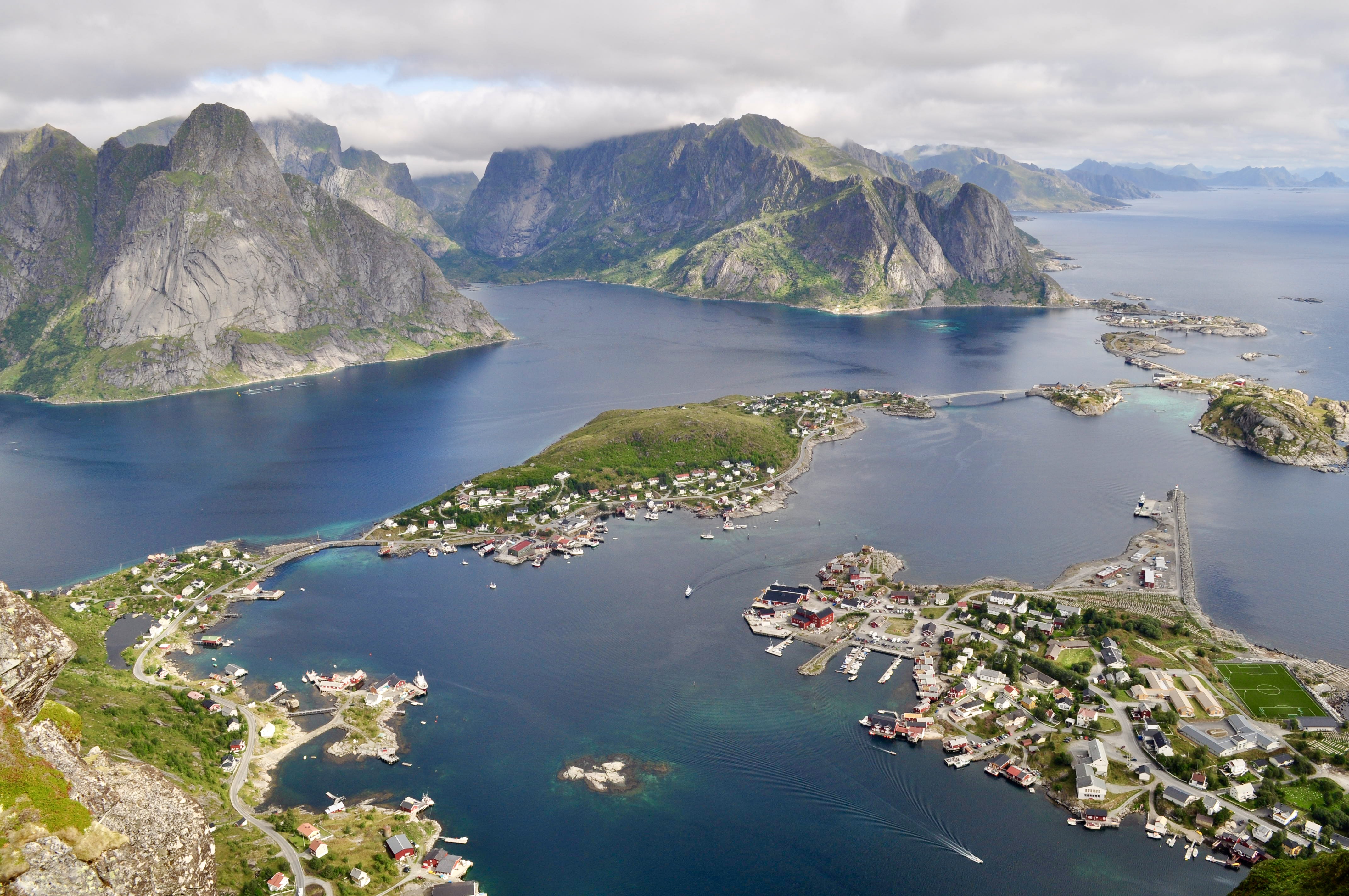Much of our research is focused on the level of the ecological community (sets of interacting populations of species). The metacommunity concept has advanced our understanding of the processes shaping community assembly by emphasising the interdependence of local communities and the regional species pool. Essentially, communities are shaped by an interplay between local (environmental filtering and biotic interactions; species sorting) and regional (dispersal) processes. We are particularly interested in the governing role that the structure of landscape or riverscape networks have on governing metacommunity dynamics, and increasingly how this influences the stability of local and regional biodiversity under environmental change. We use a variety of approaches to tackle these questions, including analysis of long-term datasets and mechanistic simulations.
We are also interested in both species interaction networks (the web of interactions between species in a community) and spatial ecological networks. Studies of interaction networks have led to great advances in our understanding of the structure and organisation of ecological communities. But these studies often overlook the role of individual species in forming these complex networks and the extent to which species roles vary with the context in which they are found. We use tools such as network motif analysis to understand the causes and consequences of species roles in complex multilayer networks. We have also developed creative approaches using coupled population models to uncover species interaction networks under different contexts. Finally, we are interested in forward-looking applied approaches, including designing blue-green infrastructure networks for the protection of biodiversity.
Back to top